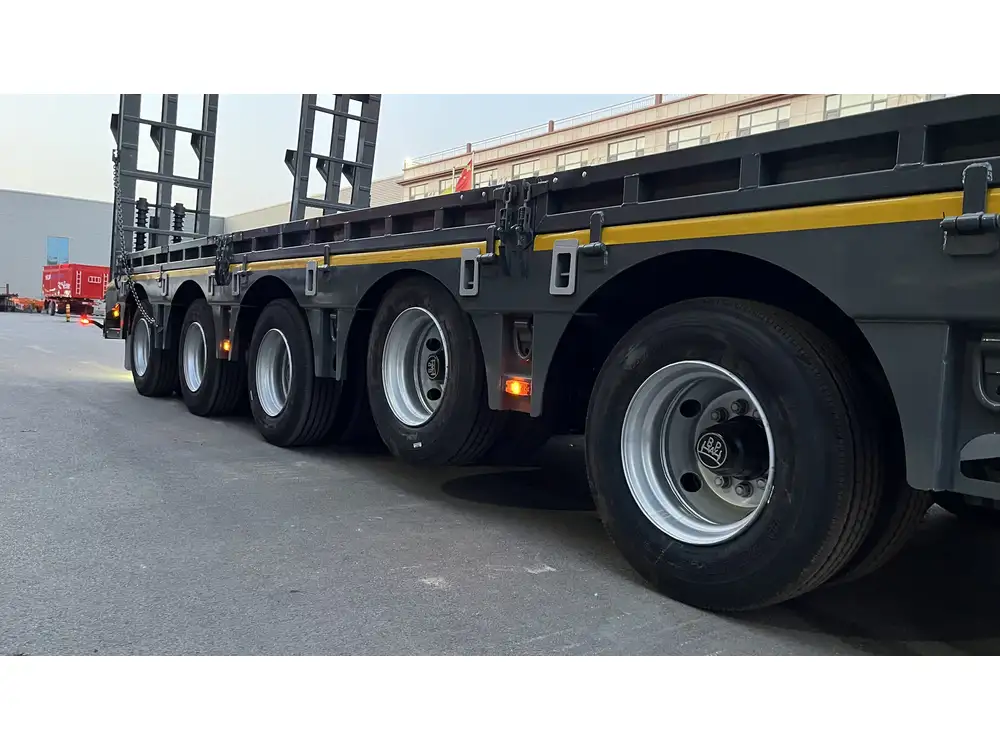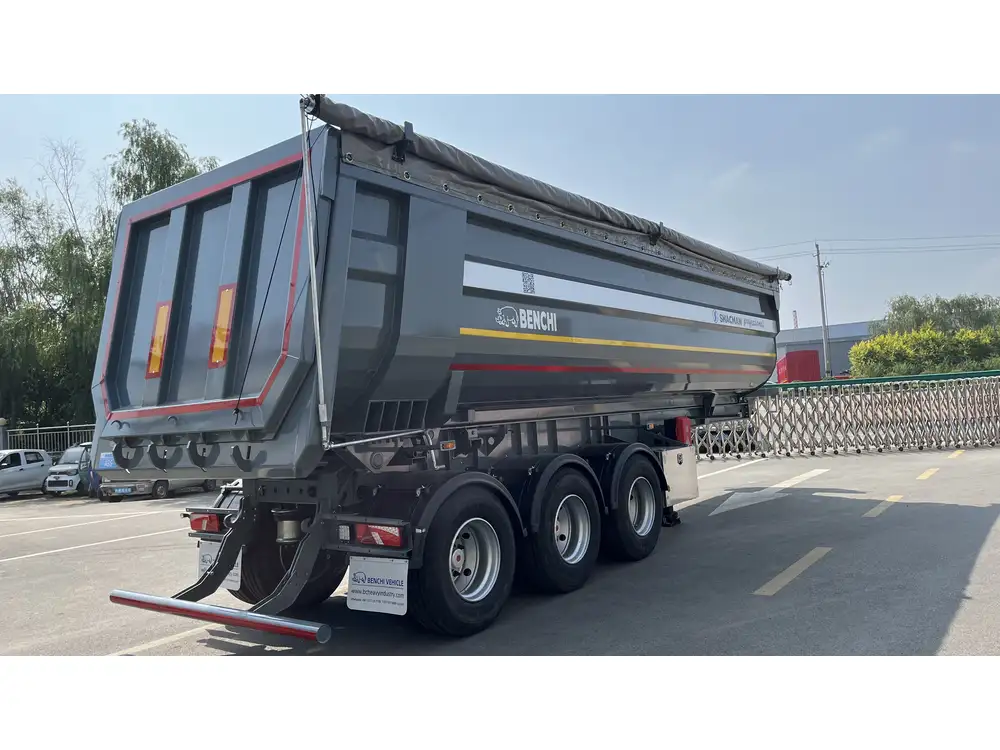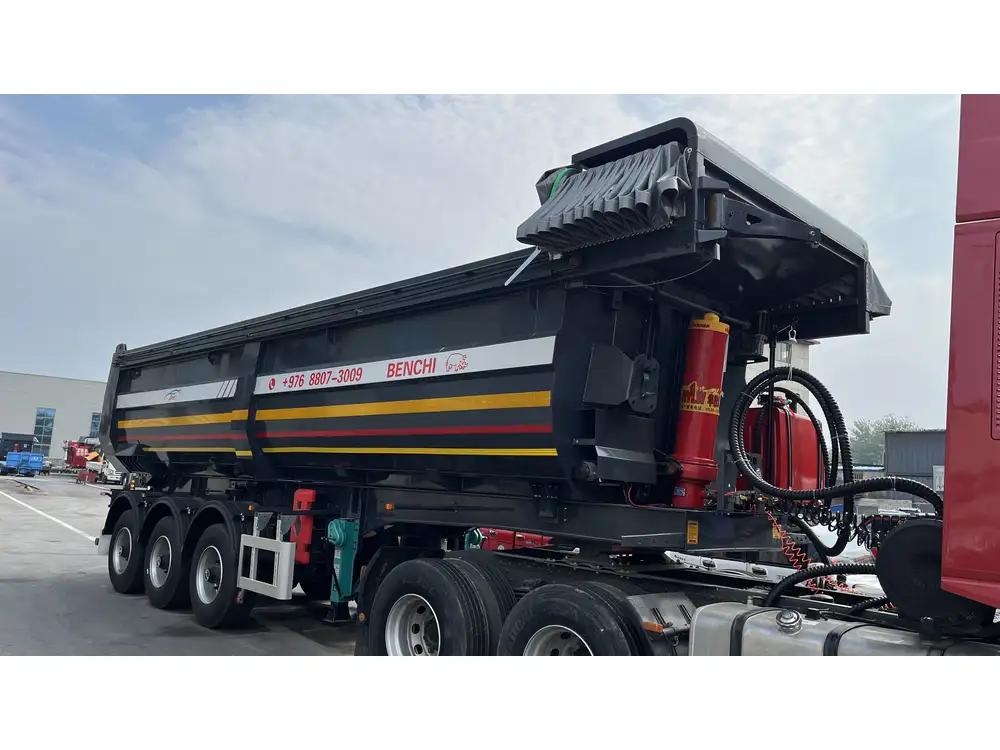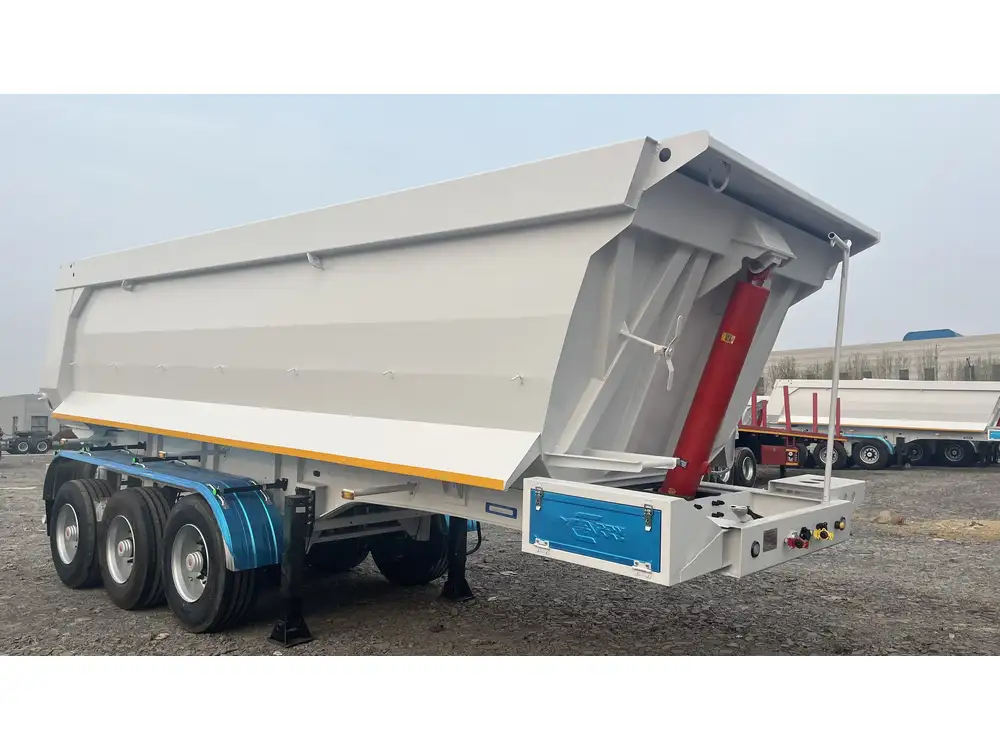When it comes to the world of transportation and logistics, semi-trailers play a crucial role in the efficient movement of goods. Among the various types of trailers, flatbed trailers stand out due to their versatility and adaptability. A recurring question among manufacturers, transporters, and truck drivers is whether flatbed trailer boards should have gaps. This article delves deep into this query, analyzing the pros and cons, industry standards, safety implications, and expert insights to provide a comprehensive understanding of the topic.
1. The Structure of Flatbed Trailers
1.1 Overview of Flatbed Trailers
Flatbed trailers are characterized by their flat, open decks, lacking sides and a roof, facilitating easy loading and unloading of cargo. Their structure allows them to handle a variety of loads, from heavy machinery to long materials, making them a staple in construction and freight transport.

1.2 Components of Flatbed Trailers
| Component | Description |
|---|---|
| Decking | The flat surface on which the cargo is placed, typically made of wood, steel, or aluminum. |
| Cross Members | Support beams beneath the decking, providing structural integrity. |
| Rails | Edging along the sides to help secure the load. |
| Tie-down Points | Locations for securing straps or chains to stabilize the load. |
Understanding these components is essential when discussing whether gaps should be present in the decking of flatbed trailers.
2. The Gaps Issue: Advantages and Disadvantages
2.1 Why Consider Gaps in Flatbed Trailer Boards?
There are several arguments both for and against leaving gaps between the boards of flatbed trailers.

2.1.1 Advantages of Having Gaps
- Drainage: Gaps allow water to drain away, preventing pooling, which can lead to slippery conditions and deck damage over time.
- Weight Reduction: By minimizing the amount of material used in decking, gaps can reduce overall trailer weight, potentially improving fuel efficiency.
- Flexibility: Gaps can accommodate materials that need ventilation or require specific loading configurations.
2.1.2 Disadvantages of Having Gaps
- Load Security: Gaps may compromise the security of certain types of cargo, increasing the risk of shifting during transport and leading to potential damage or accidents.
- Increased Risk of Damage: Smaller items can fall through gaps, leading to product loss and potential liability for the trucking company.
- Weather Exposure: The presence of gaps can expose the cargo to the elements, increasing the risk of weather-related damage.
2.2 The Balance: Finding the Optimal Configuration
Determining whether to include gaps in flatbed trailer boards often comes down to the type of cargo being transported. For instance, heavier, more stable loads might fare well with minimal gaps, whereas lighter, bulkier items would benefit from regular gaps to facilitate better air circulation and drainage.

3. Industry Standards and Best Practices
The trucking industry does not impose strict regulations concerning the presence of gaps in flatbed trailer boards; however, best practices have developed over time.
3.1 Material Selection
Types of Decking Materials
- Wood: Traditionally used due to its availability and cost-effectiveness.
- Steel: Ideal for heavy loads but can corrode if not properly treated.
- Aluminum: Lightweight and resistant to corrosion, though typically more expensive.

3.2 Recommended Gap Sizes
When gaps are included, the following gap sizes are commonly recommended:
- Small Gaps (1/8” – 1/4”): Useful for drainage without significant risk to load stability.
- Moderate Gaps (1/4” – 1/2”): Accommodate various load types and facilitate drainage, while providing structural integrity.
- Large Gaps (> 1/2”): Generally discouraged unless specifically designed for unique cargo, as they invite greater risk.
4. Real-World Scenarios
4.1 Cargo Types and Their Requirements
| Cargo Type | Ideal Gap Presence | Considerations |
|---|---|---|
| Construction Materials | Small to Moderate Gaps | Requires good load integrity; often heavy. |
| Machinery | Minimal Gaps | Important for stability; machinery can be heavy. |
| Building Supplies | Moderate Gaps | Can benefit from drainage; various shapes and sizes. |
| Bulk Items (e.g., gravel) | Larger Gaps | Necessary for air circulation and drainage. |

4.2 Safety Records and Case Studies
An analysis conducted by the National Highway Traffic Safety Administration (NHTSA) demonstrated that loads with secure configurations and minimal gap usage recorded fewer incidents compared to those with excessive gaps. These findings emphasize the importance of industry standards and practices tailored to specific cargo types.
5. Expert Opinions
Incorporating expert insights can illuminate the benefits and risks associated with flatbed trailer boards having gaps.
5.1 Transport Industry Experts
Logistics professionals advocate for a tailored approach based on the nature of transported goods. As noted by a logistics consultant, “Understanding the cargo’s specific requirements is paramount. A one-size-fits-all approach often leads to inefficiencies.”

5.2 Manufacturer Recommendations
Trailer manufacturers frequently provide guidelines regarding the ideal spacing for decking. A leading manufacturer states, “When designing flatbed trailers, it is crucial to balance weight reduction with safety. Our built-in tie-down systems work best with customized decking configurations tailored to load types.”
6. Maintenance and Inspection
6.1 Deck Maintenance Best Practices
Regular inspection and maintenance of flatbed trailers are vital to ensure safety and functionality. This includes:
- Visual Inspection: Regular checks for gaps widening due to wear and tear or material degradation.
- Weight Verification: Ensuring the load is within the trailer’s weight limits, as improper loading can accentuate the disadvantages of having gaps.
- Surface Treatments: Applying sealants or coatings on wooden boards to enhance longevity and reduce moisture absorption.

6.2 Documentation and Record-Keeping
Keeping clear maintenance records is essential. Regular inspections should be logged, noting any adjustments or modifications made to the trailer’s decking configuration.
7. Conclusion: Making an Informed Decision
In conclusion, whether flatbed trailer boards should have gaps depends significantly on the type of cargo, intended use, and maintenance practices. A careful balance between effective drainage and load stability is crucial for ensuring safe and efficient transport. By adhering to best practices and considering expert recommendations, manufacturers and operators can optimize their configurations to meet industry standards and enhance safety.
Key Takeaways
- Gaps in flatbed trailer boards offer benefits and drawbacks that vary depending on the application.
- Selecting appropriate materials and gap sizes can significantly impact the functionality and safety of the trailer.
- Regular maintenance and expert consultation are crucial for ensuring an optimal setup tailored to specific needs.

Final Thoughts
As the transportation landscape continues to evolve, so do the demands placed on flatbed trailers. By fostering a deep understanding of the intricacies surrounding flatbed trailer decking configurations and their implications, manufacturers and transporters can navigate this landscape more successfully, ensuring safety, efficiency, and reliability in their operations.



